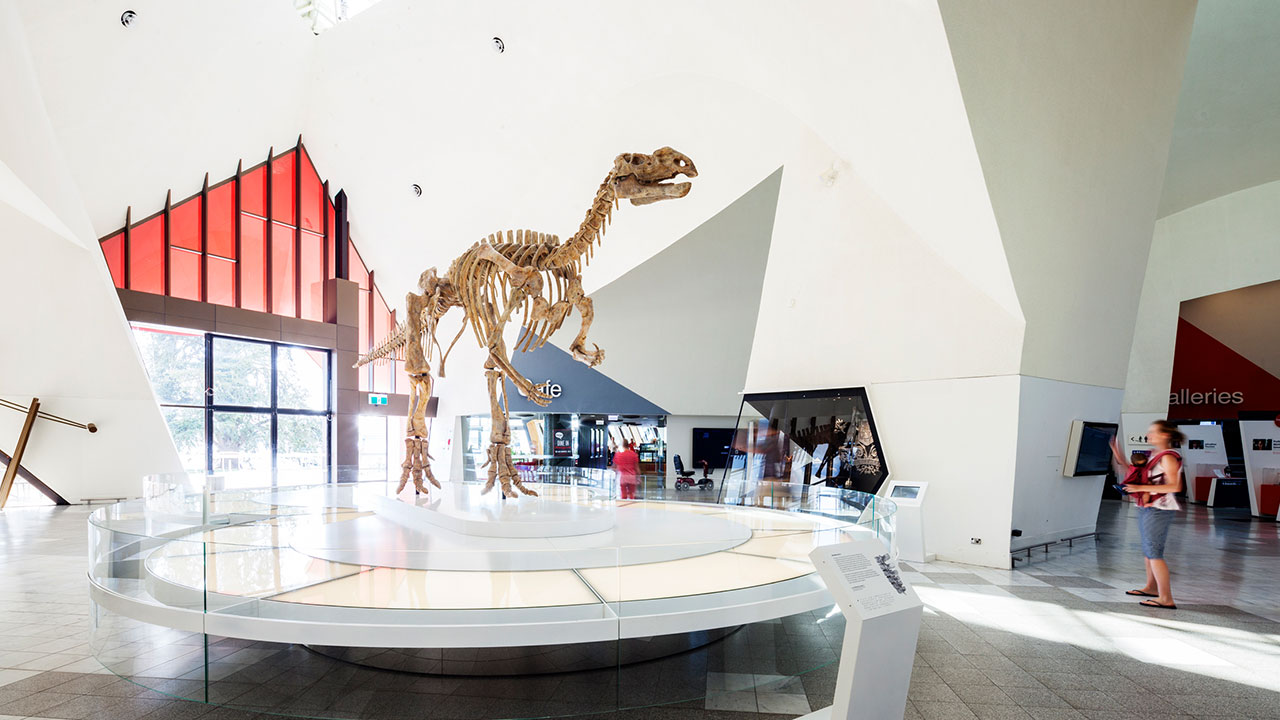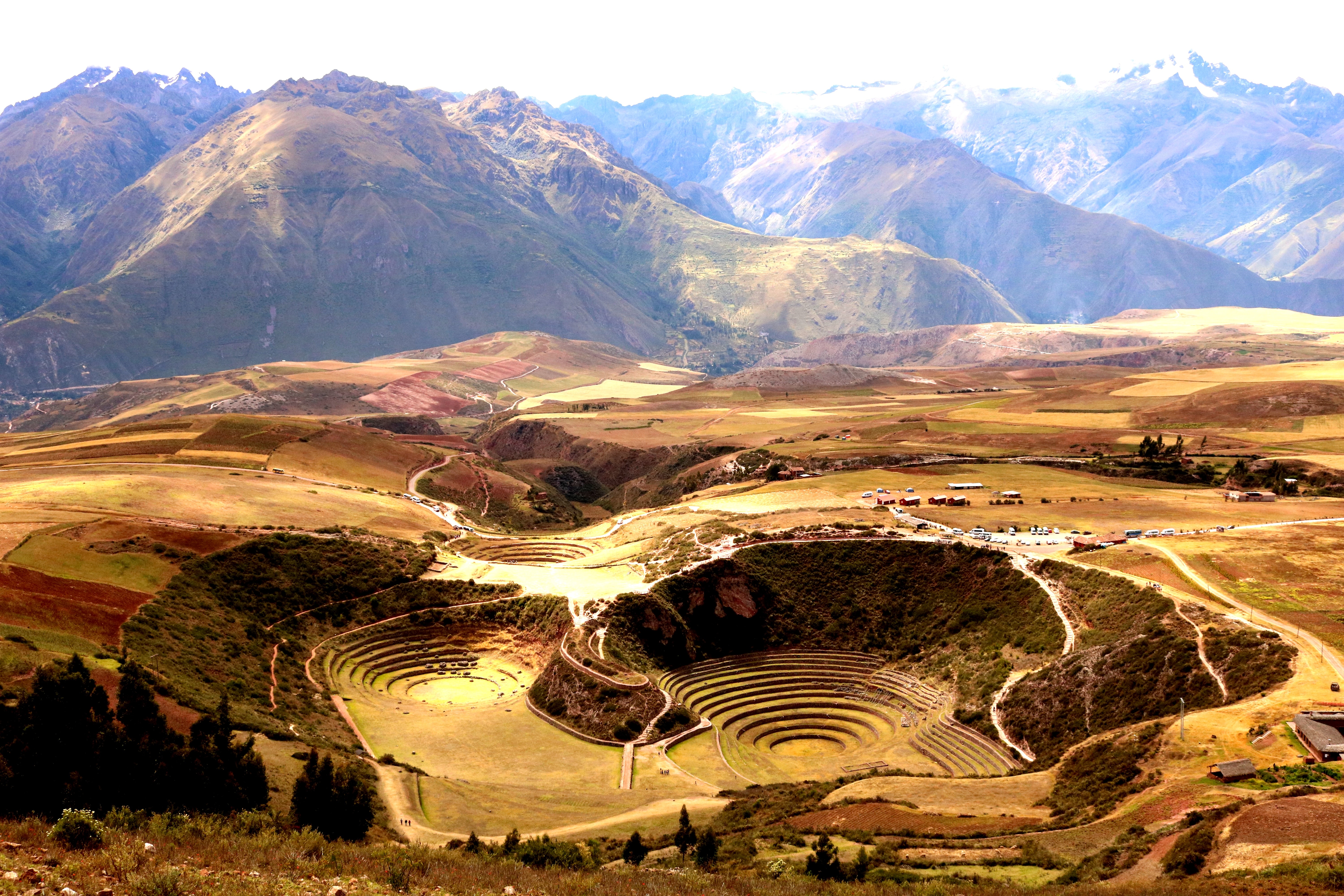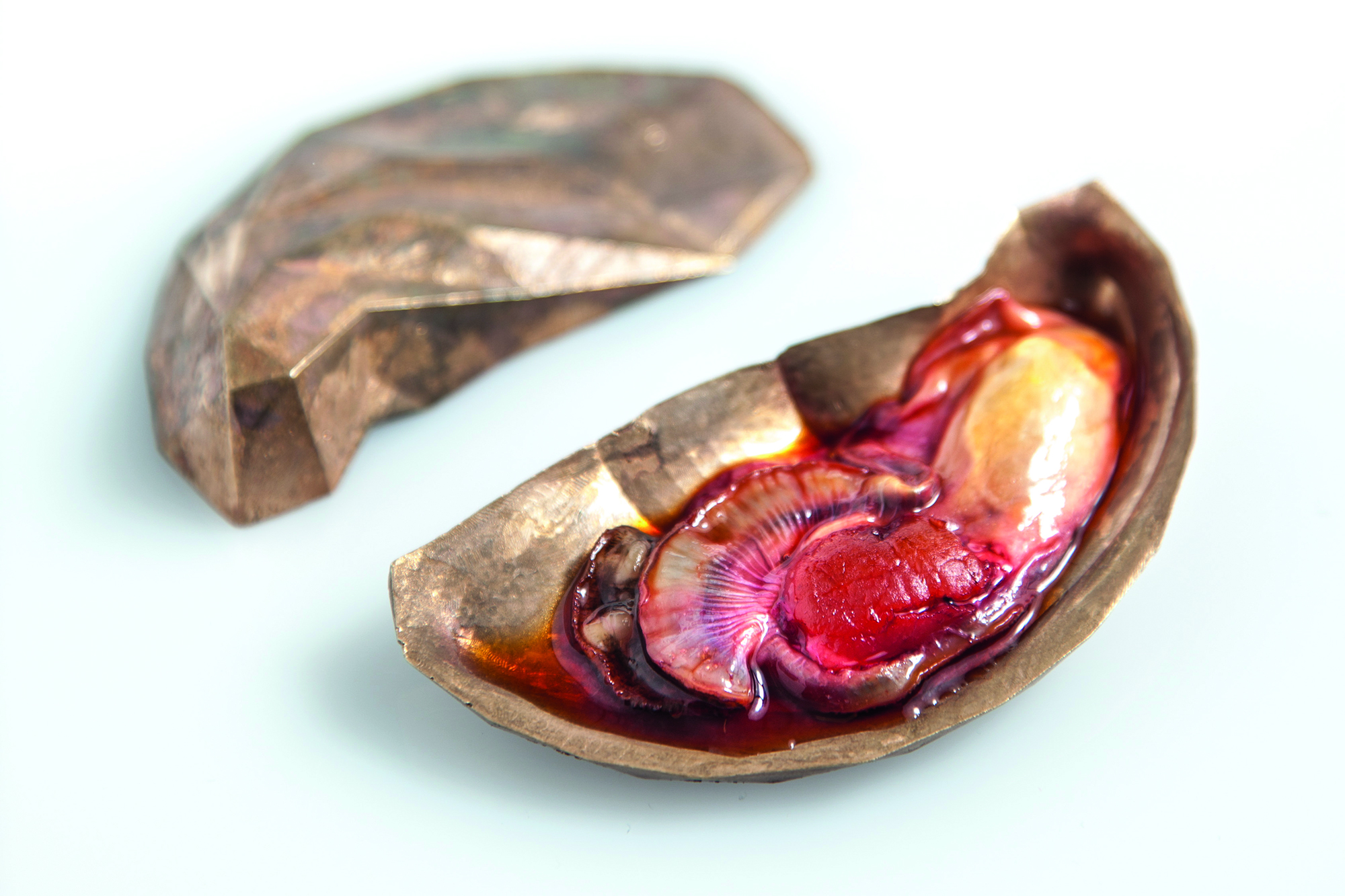VISION FOR THE ANTHROPOCENE | Vibrant public spaces where people gather to honour country

The Anthropocene is an epoch that requires a turning towards country, to listen and respond to its voice and power, and to humbly accept its obligations. In my vision for the Anthropocene, museums and other cultural institutions play a vital role in providing inclusive spaces in which people collectively make sense of these turbulent times, honour our shared dependencies on living systems, and build a culture that responds to the voices and needs of country.
Museums are physical domains in which people walk, breathe, sit, see, feel, listen, eat and talk. In the process, museum visitors draw meaning from the materiality of their bodies, from the materiality of place, from material culture, and from aural and visual representations of country. Thereby, museums are uniquely placed to bring humanity into closer, responsive dialogue with an ever more stridently expressive Earth.
In 2021 the National Museum of Australia in Canberra opens a major new gallery of environmental history. Inside the gallery, visitors are invited to draw meaning from the chaotic character of this new epoch, to see themselves within great spans of geological, evolutionary and historical time, to find support in facing difficult realities of climatic and ecological disruption, and to locate powers to respond hopefully and constructively. The exhibition strategically foregrounds the active, meaningful, patterned nature of Australia—the rhythms and flows, the pulses and powers of country—and places visitors within its dynamic webs of material, ecological connection. Immersed in a dramatic, enchanting experience, people are invited to see themselves as permeable, as an integrated part of the ongoing flux of nature and time, as part of Earth’s materiality.
Indigenous understandings of country, of terrain that holds powers to communicate and enchant, guide storytelling throughout the exhibition. The gallery does not float above the continent as a set of abstract, intellectual narratives, but resides as a gritty, earthed component of this land. By extension, visitors are invited to see themselves as enfolded within, and beholden to, country and all that it contains, including a traumatic and violent history of Indigenous dispossession and ecological fragmentation. Enabling visitors to trace their own material and ecological entanglement, to find and follow threads that bind them to places, other species, people and histories, undermines tendencies to look away from the great challenges of our epoch and builds capacities to respond.
Visitors enter the gallery through a corridor featuring towering representations of bunya trees, an especially characterful Queensland species with a deep evolutionary heritage and great cultural significance. They encounter the biodiversity and beauty of a bunya forest and stories about the transformation settlers brought to regions where bunya trees grow. A large sample of Queensland coal, from a mine close to the Bunya Mountains, holds 170-million-year-old ancestral remains of modern bunya trees, and signals our embeddedness within majestic flows of deep time.
After the introductory bunya forest experience, visitors enter the gallery’s first ‘chapter’, where they hear stories of powerful forces shaping and reshaping the Australian continent across the depths of time. A long wall of Indigenous artwork conveys cultural understandings of the mighty monsoons of tropical Australia. Facing this installation, and in dialogue with it, hundreds of rocks and minerals ground the visitor and the gallery in the stony foundations of the continent, countering western imaginative abstractions that elevate humanity into positions of mastery over living systems.
The gallery’s second chapter explores the intersection of human lives with seasonal pathways followed by natural forces—ocean currents, rivers, weather systems—and by migrating species. Here, the gallery offers visitors a deeper sense of their ecological and material enmeshment within dynamic patterns of the continent. This chapter conveys the material character of each pathway, their meaningful points of intersection, human ties to these flows, and the ecological and cultural consequences of severance.
A beautiful and vibrant vision draws visitors into the third chapter, which features large, stylised coral structures. Visitors encounter a selection of unique Australia bioregions, and stories explore the distinctive ecologies of each region, and their capacities to provide homes for human and other species. Central to the chapter, a colourful art and light display evokes the pulsating vibrancy of life, an irrepressible will to flourish which persists despite the ruptures and erasures of colonisation and the Anthropocene. Throughout this chapter, visitors encounter the enchanting powers of other species, and stories that demonstrate how, in the Anthropocene, the wellbeing of country depends on attentive, responsive and mutually nourishing relationships.
The final chapter distills the gallery’s central message: that by turning towards the active materiality of country, as the interlinked challenges of the Anthropocene mount, we may build relationships that hold our land and society together. Here are featured six ‘sentinels’, semicircular enclosures that appear both substantial and light, each discrete but open to its neighbors. Each sentinel represents an iconic, material Australian character of the continent and its deep past, a feature that holds a commanding and recognisable presence, from Sydney beaches to Antarctic ice to the platypus. Objects and stories demonstrate how people have long turned towards such sentinels to make sense of their lives and places, to navigate through challenges and change.
A concluding interactive table features a map of the continent and invites visitors to select an Australian place that they know and care about. How is it changing? How do they feel about these changes? How might they respond? It is through dialogue with country - through careful, attentive, and responsive relations with place and each other - that hopes for a livable Anthropocene may be found.
George Main
Dr. George Main is Head of the Anthropocene Australia Curatorial Centre and a Senior Curator at the National Museum of Australia.



